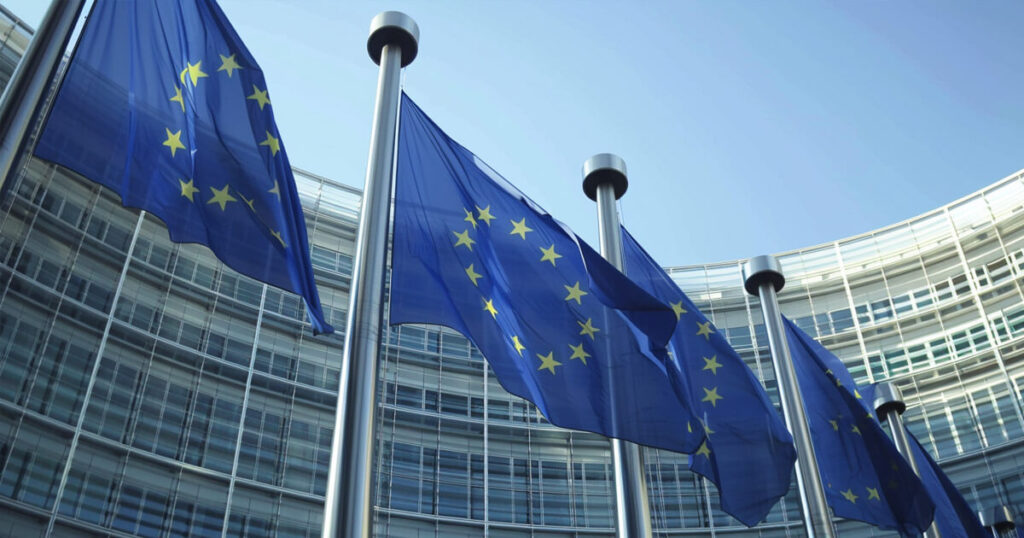The European Union’s upcoming regulations on cryptocurrencies have sparked concerns about potential disruptions to market liquidity as exchanges gear up to comply with the new rules outlined in the Markets in Cryptoassets (MiCA) framework. According to a report by Bloomberg News on Dec. 20, the regulations are set to come into full effect on Dec. 30 and will require EU-regulated platforms to delist Tether’s USDT, the most widely used stablecoin in the world.
The main objective of MiCA is to enhance transparency and combat illicit financial activities by mandating stablecoin issuers to obtain e-money licenses, maintain substantial reserves, and oversee payment-related transactions. However, Tether Limited has yet to secure such a license, leading to its removal from crypto exchanges operating within the EU.
One of the major concerns surrounding the delisting of USDT is the potential liquidity challenges it could pose. USDT plays a crucial role in crypto trading pairs globally, and its absence in the EU market is expected to disrupt trading activities and increase costs for investors who rely on it for efficient fund transfers. Pascal St-Jean, CEO of 3iQ Corp, highlighted the impact, stating that “forcing investors to switch to other stablecoins or fiat currencies introduces inefficiencies and raises transaction costs.”
Exchanges like OKX, which delisted USDT in Europe earlier this year, have reported a shift towards fiat trading pairs among users. Despite this adaptation, market participants remain worried about reduced liquidity and the potential fragmentation of trading activities. The EU’s stringent regulatory stance contrasts with the growing optimism in the US, where President-elect Donald Trump’s pro-crypto policies have energized the market.
While MiCA aims to promote transparency and combat illicit activities, critics argue that it could drive traders and liquidity providers to less regulated jurisdictions. Analysts caution that Europe’s efforts to tighten controls may undermine its competitiveness in the global crypto market.
Despite these challenges, the European Central Bank recently revealed a doubling of crypto ownership in the eurozone since 2022, with 9% of the population now owning digital assets. However, venture capital investment in European crypto startups has seen a decline, reaching its lowest level in four years. This trend raises concerns about the region’s ability to attract innovation and investment under stricter regulatory frameworks.
While the regulations seek to ensure greater market stability and transparency, their immediate impact on liquidity and investor confidence may test the bloc’s ability to maintain competitiveness in the rapidly evolving digital asset ecosystem.

